Several projects performed with DARTS and relevant to Energy Transition are discussed as well. Check the recent presentation video below where an observation of the technology behind DARTS is given.
-
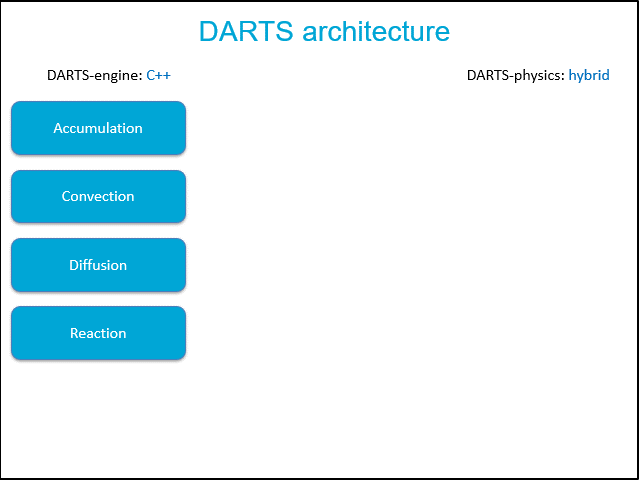
Structure of simulation framewok
Read more: Structure of simulation framewokThe key element of DARTS is operator-based linearization (OBL)1. The state-based terms of governing equations are parametrized in the physical space of the problem forming dynamically expanding lookup tables where the supporting points for reconstruction of operators are saved in a special two-level sparse storage designed for efficient lookup and re-use. These tables are used…
-
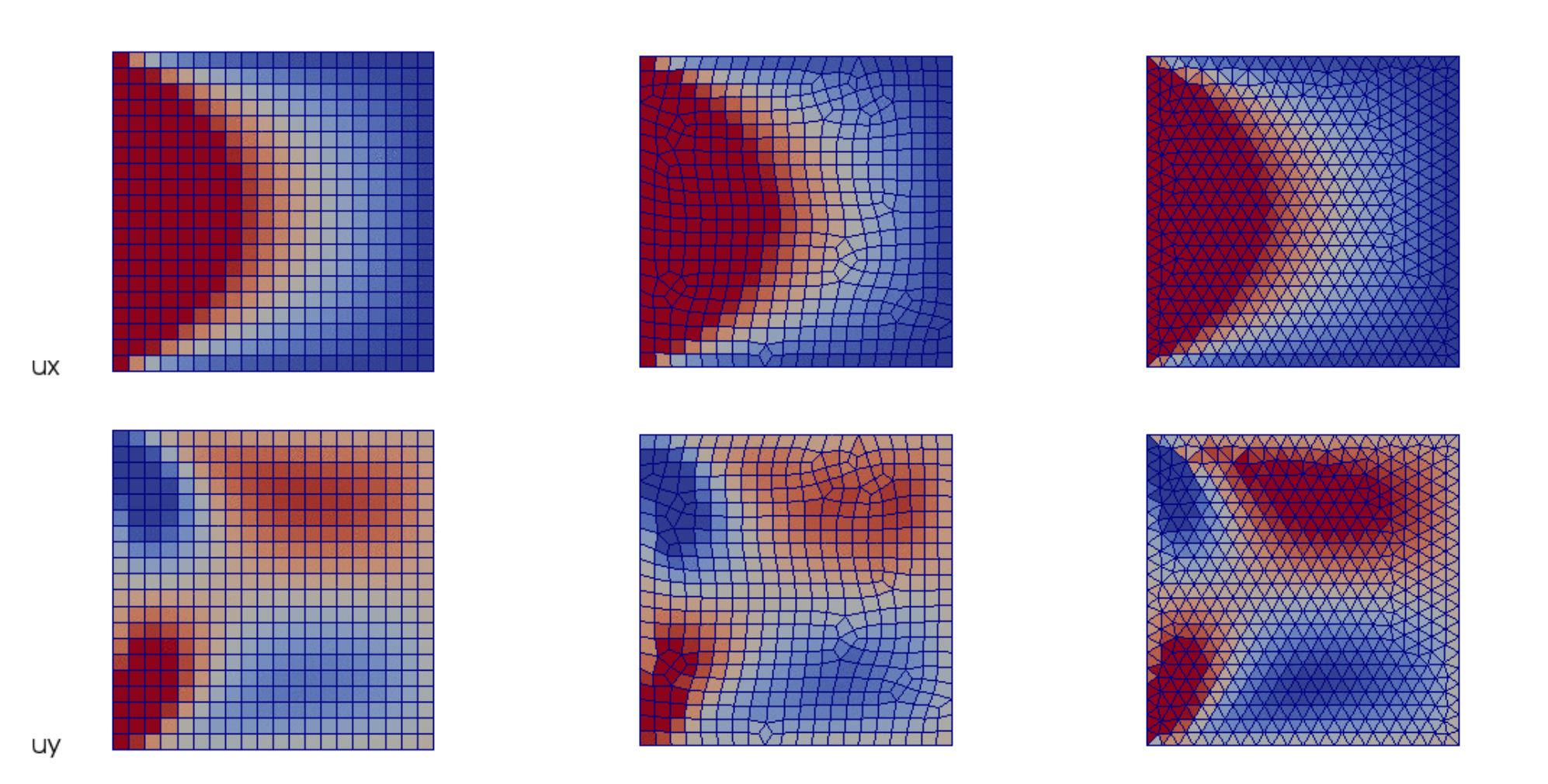
Fully-coupled geomechanics
Read more: Fully-coupled geomechanicsSeismic activity caused by field development has become a reason for public concern in the Netherlands, Germany and United States that resulted in cut or even stop of energy production projects. The nature of such events is a stick-slip frictional instability of pre-existed fractures and faults. Field development causes the redistribution of stresses over the…
-

Adjoint gradients with OBL
Read more: Adjoint gradients with OBLThis study focuses on adjoint-based gradient optimization9 using operator-based linearization (OBL) method. The objective function is augmented by being linearly combined with reservoir state equations. This objective function shares the same extrema with the original objective function as the residual of reservoir state equation is equal to zero. In the course of calculating the gradient of…
-
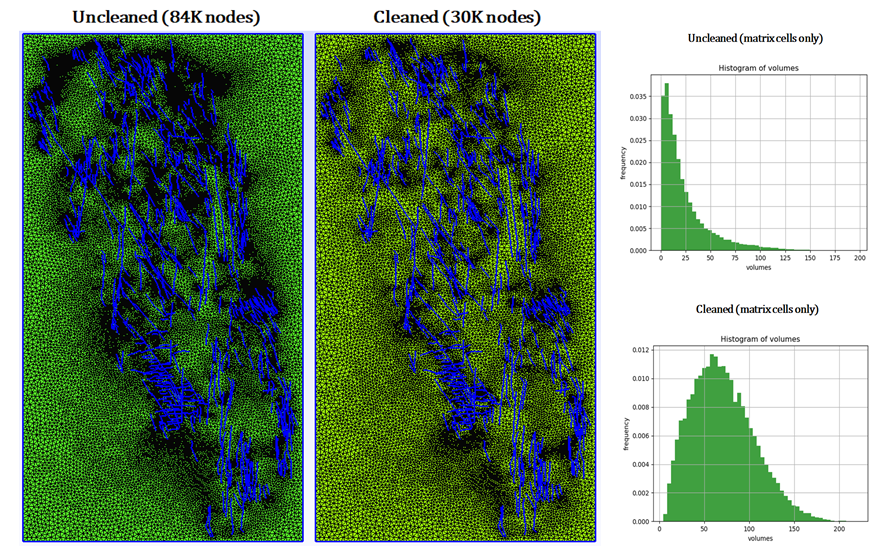
Advanced processing of fractured networks
Read more: Advanced processing of fractured networksCurrent Discrete Fracture Model (DFM) implementation in DARTS relies on a Two-Point Flux Approximation (TPFA) scheme where fractures are represented explicitly in the numerical model 5. However, explicit representation of the fractures contains complex fracture intersection which in turn might pose meshing difficulties. The resulting mesh, therefore, can contain abundant artefacts which negatively impact the performance…
-
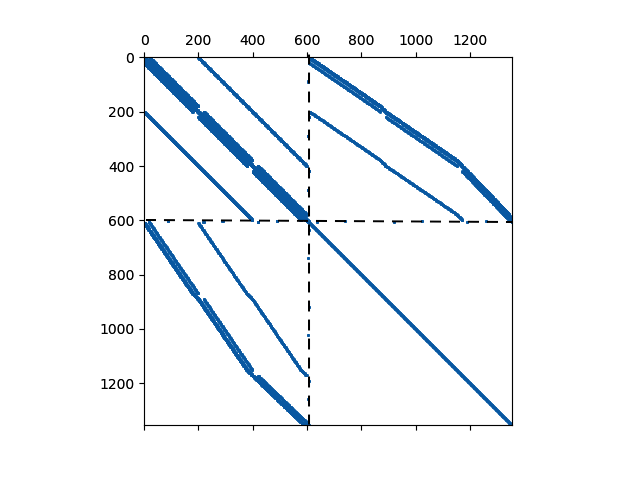
Multi-segment wells
Read more: Multi-segment wellsAccurate well and near well modelling becomes essential in the reservoir simulation. Recently, advanced (smart) well operations and technologies are employed in the subsurface industry such as long deviated, horizontal and multi-lateral wells. In order to use such technologies intelligently, there must be a robust, supportable model that capture efficiently physics and the expected production…
-
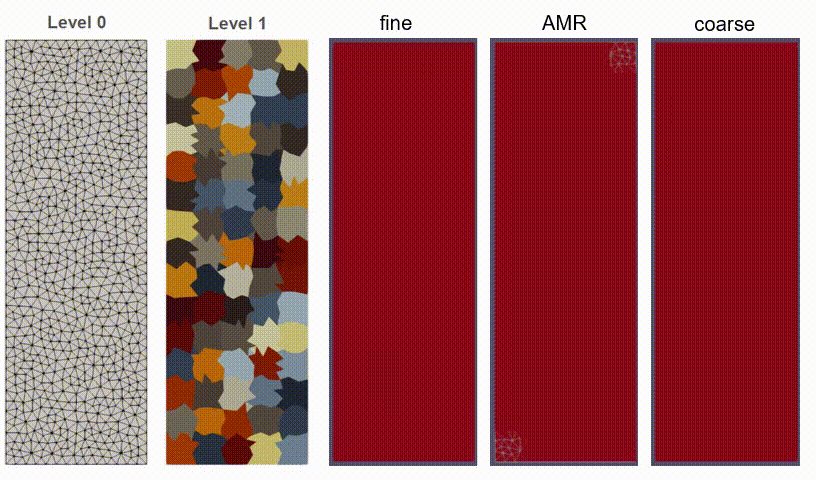
Adaptive Mesh Refinement
Read more: Adaptive Mesh RefinementA coupled description of flow and thermal-reactive transport is spanning a wide range of scales in space and time, which often introduces a significant complexity for the modeling of such processes. Subsurface reservoir heterogeneity with complex multi-scale features increases the modeling complexity even further. Traditional Algebraic Multiscale techniques are usually focused on the accuracy of…
-
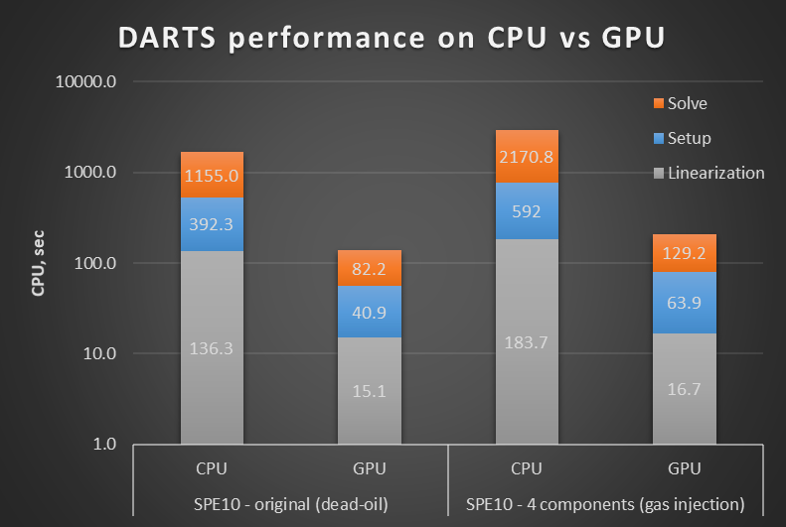
Implementations on GPU
Read more: Implementations on GPUVarious novel computing architectures, like massively parallel and multi-core, as well as computing accelerators, like GPUs or TPUs, continue to emerge regularly. In order to harvest the performance benefits of these architectures to the full extent and speed up the simulation, the source code has to be inevitably rewritten, sometimes almost completely. The biggest challenge…
References:
- Voskov, D.V, 2017. Operator-based linearization approach for modeling of multiphase multi-component flow in porous media, Journal of Computational Physics, 337, 275-288. doi:10.1016/j.jcp.2017.02.041
- Khait, M., D. Voskov, 2018. Adaptive parameterization for solving of thermal/compositional nonlinear flow and transport with buoyancy, SPE Journal, 23 (2), pp. 522-534. doi:10.2118/182685-PA
- Khait, M., D. Voskov, 2017. GPU-offloaded general-purpose simulator for multiphase flow in porous media, SPE Reservoir Simulation Conference, pp. 1293-1302. doi:10.2118/182663-MS
- Khait M., D. Voskov, 2018. Operator-based linearization for efficient modeling of geothermal processes, Geothermics, 74, 7-18. doi:10.1016/j.geothermics.2018.01.012
- Karimi-Fard, M., Durlofsky, L.J., 2016. A general gridding, discretization, and coarsening methodology for modeling flow in porous formations with discrete geological features, Advances in Water Resources, 96, pp. 354-372. doi:10.1016/j.advwatres.2016.07.019
- Johns, E., 2019. Applications of unstructured multi-level grid to thermal-reactive flow and transport in porous media, MSc thesis, Delft University of Technology. TU Delft MSc thesis repository
- Livescu, S., Durlofsky, L.J., Aziz, K., Ginestra, J.C., 2010. A fully-coupled thermal multiphase wellbore flow model for use in reservoir simulation,Journal of Petroleum Science and Engineering, 71 (3-4), pp. 138-146. doi:10.1016/j.petrol.2009.11.022
- Voskov, D.V., and H.A. Tchelepi, 2011. Compositional nonlinear solver based on trust regions of the flux function along key tie-lines. Proceedings, SPE Reservoir Simulation Symposium, 2, 799-809. doi:10.2118/141743-MS
- Jansen, J.D., 2011. Adjoint-based optimisation of multiphase flow through porous media – a review. Computers and Fluids 46 (1) 40-51. doi:10.1016/j.compfluid.2010.09.039
- Chen, Y. and Voskov, D., 2019. Optimization of CO2 injection using multi-scale reconstruction of composition transport, Computational Geosciences. doi:10.1007/s10596-019-09841-8
- Terekhov, K.M., 2020. Cell-centered finite-volume method for heterogeneous anisotropic poromechanics problem, Journal of Computational and Applied Mathematics, 365, art. no. 112357. doi:10.1016/j.cam.2019.112357
